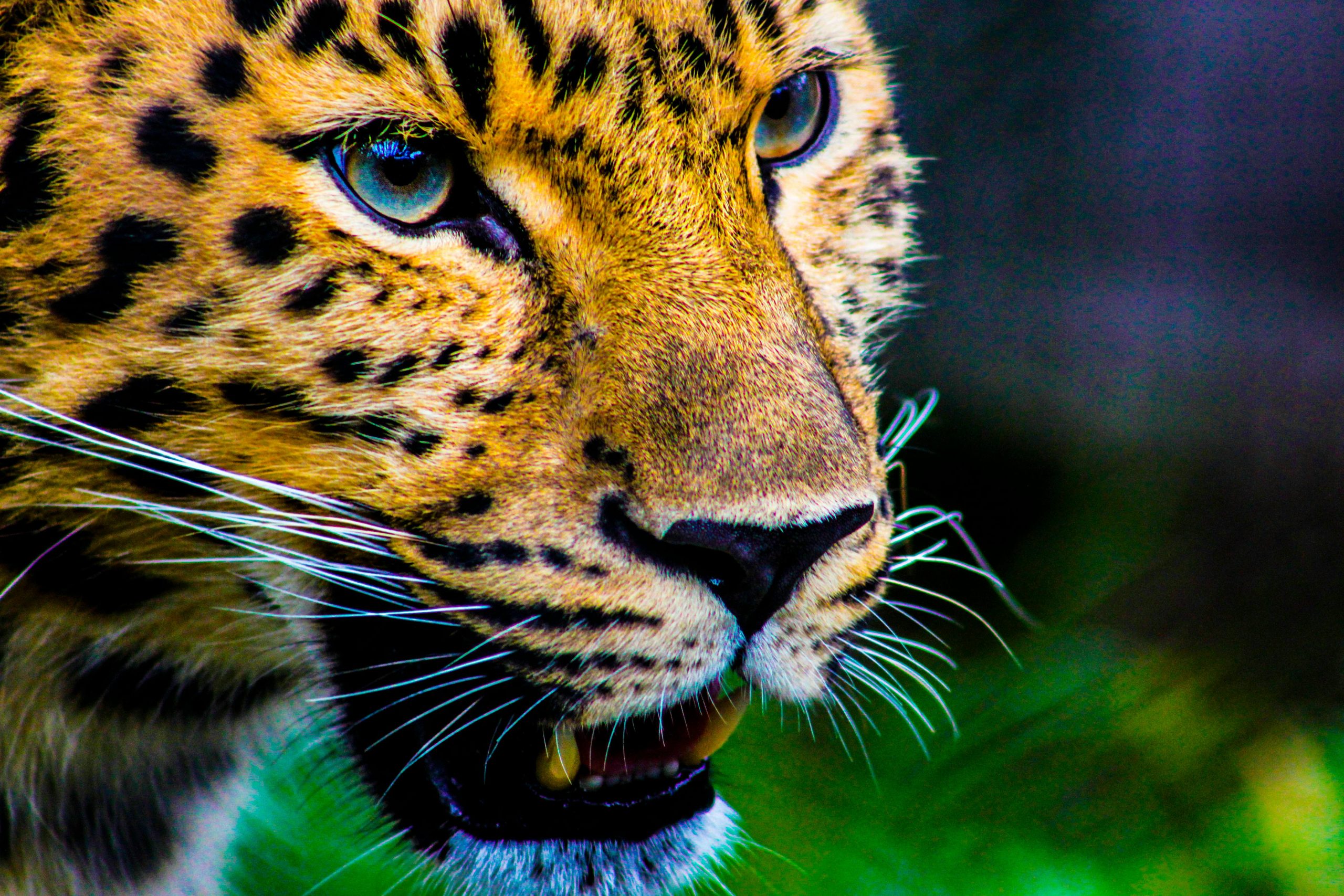The Amur leopard is one of the most critically endangered big cats in the world. With an estimated population of only around 100 individuals left in the wild, this majestic species is on the brink of extinction. The primary threats to their survival include habitat loss, poaching, and human-wildlife conflict. Without immediate and concerted conservation efforts, we may lose this iconic species forever.
The Role of Technology in Conservation
Fortunately, technology is playing a vital role in the conservation of the Amur leopard. Researchers and conservationists are leveraging cutting-edge tools and techniques to monitor and protect these elusive cats. From satellite tracking collars to camera traps, technology is helping to gather valuable data on the behavior and movement patterns of the leopards. This information is essential for developing effective conservation strategies and ensuring the survival of the species.
Protecting Habitat
One of the key priorities in saving the Amur leopard is protecting their habitat. Technology is being used to monitor and prevent deforestation, illegal logging, and habitat destruction in the leopard’s range. Remote sensing technologies such as drones and satellite imagery provide valuable insights into changes in the landscape, allowing conservationists to take timely action to safeguard the leopard’s home.
Reducing Human-Wildlife Conflict
Human-wildlife conflict is a significant threat to the survival of the Amur leopard. As their natural habitat is increasingly encroached upon by human activities, conflicts between leopards and local communities have become more frequent. Technology is being utilized to mitigate these conflicts, such as the development of early warning systems and predator-proof fencing. By reducing the risk of conflict, we can protect both the leopards and the livelihoods of local communities.
Community Engagement
Engaging local communities in conservation efforts is essential for the long-term survival of the Amur leopard. Technology is facilitating community participation through education and awareness programs, as well as citizen science initiatives. By empowering local communities to become stewards of their environment, we can create a sustainable future for the leopard and the ecosystem they call home.
Conclusion
The Amur leopard faces numerous challenges on the path to survival, but with the help of technology and dedicated conservation efforts, there is hope for the future of this magnificent species. By protecting their habitat, reducing human-wildlife conflict, and engaging local communities, we can ensure that the Amur leopard continues to roam the forests of the Russian Far East for generations to come.
